
Brown isn’t exactly the color that turns heads, at least not at first. It’s everywhere around us, but as a neutral, it tends to blend into the background rather than demand attention. And that’s precisely why it’s so often overlooked.
Since brown is a simple hue, it might come across as boring, but that’s not the case at all. Like every color, it has its own story, full of fascinating facts that prove how important and interesting it really is.
1. 79% of People Worldwide Have Brown Eyes
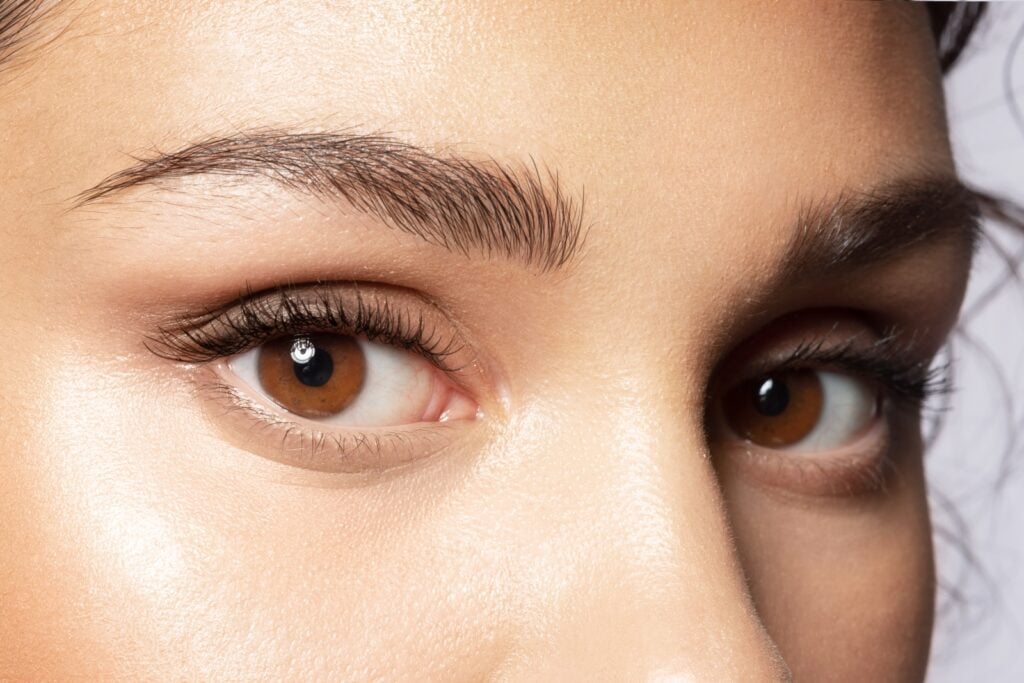
It’s no surprise that brown is by far the most common eye color. According to a 2020 study, around 70-79% of people around the world have brown eyes, largely due to the dominance of brown-eye genes. Only 8-10% have blue eyes, 5% have hazel, and just 2% have green eyes, making green the rarest among common eye colors.
About 10,000 years ago, everyone had brown eyes. It wasn’t until a genetic mutation occurred that other colors, like blue, began to appear. In general, brown eyes are the best at protecting your vision from the sun due to the extra melanin and are especially common in warm, sunny regions.
Having brown eyes is often associated with being kind and humble. People with brown eyes might be perceived as practical, outgoing, and easy to communicate with.
2. Only About 2% of People Choose Brown as Their Favorite Color

When it comes to favorite colors, some hues are much more loved than others. For example, blue is the most popular color by far, and right after blue are green and purple. Brown is one of the least common favorite colors, with only 2% of people choosing it. The same goes for white. 3% of people like unique colors that don’t fit into one of the other categories.
Brown might not be popular, but that doesn’t make it any less special. After all, its percentage isn’t far behind more vibrant colors like orange, yellow, and pink. Every color plays an important role in our world, and having a less popular color as your favorite hue just means your taste in colors is unique. People who pick brown as their favorite color often have a strong passion for animals and nature. Or they might just adore coffee and chocolate.
3. A Brown Pigment Used to Be Made of Mummies
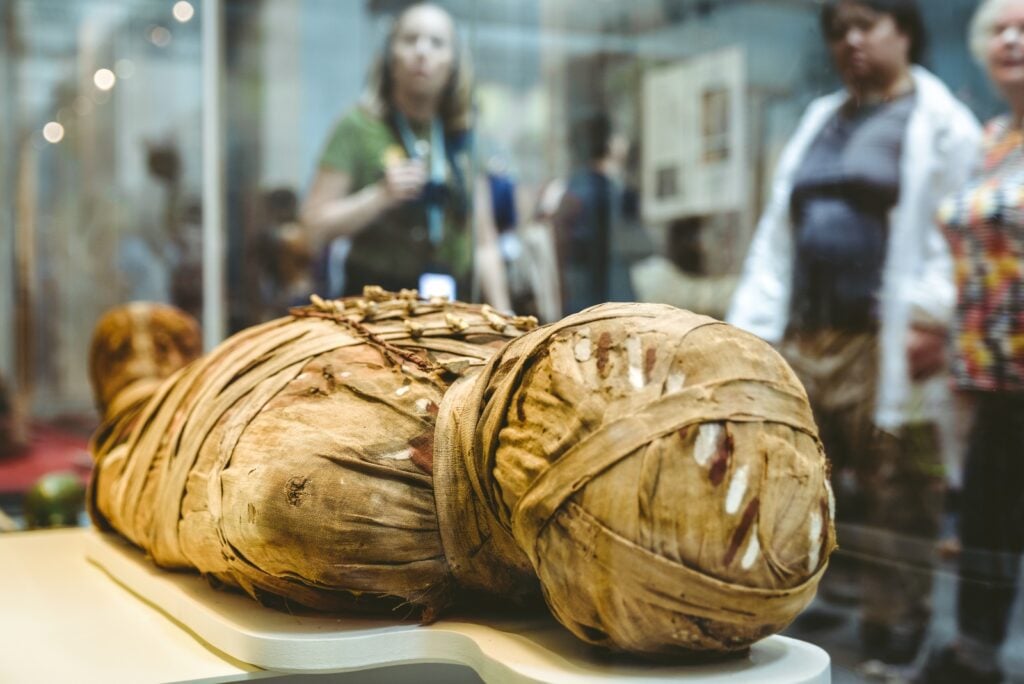
Before we had synthetic dyes to color objects, people used things found in nature. Most commonly, this included pigments from plants or stones, but a color known as mummy brown (or Egyptian brown) took a far more peculiar route. As the name implies, the color was made from ground-up mummies. The remains were often mixed with other substances as well, such as myrrh and white pitch.
While this would be a pretty morbid way to create pigments today, not everyone prioritized preserving the bodies of those who passed back then. The mummies were typically transported from Egypt to Europe in the 16th century. It was stated that one mummy could produce enough paint for an artist to use for 20 years. While some artists took advantage of the unusual color, others didn’t feel comfortable using human remains for paint. However, mummy brown was often sold under various names, so some people who bought and used it didn’t know what it was really made of.
4. Some Brown Ink Comes from Cuttlefish

Sepia ink is a rich brown pigment historically used in writing and early photography. While it was fairly common in the 18th and 19th centuries, it isn’t used nearly as much today. It comes from the ink produced by cuttlefish and some squids. These animals have ink sacs that are collected to create a reddish-brown pigment. Octopus ink can be used for a dark brown color, but it’s often closer to black.
5. Blending Complementary Paint Colors Together Creates Brown
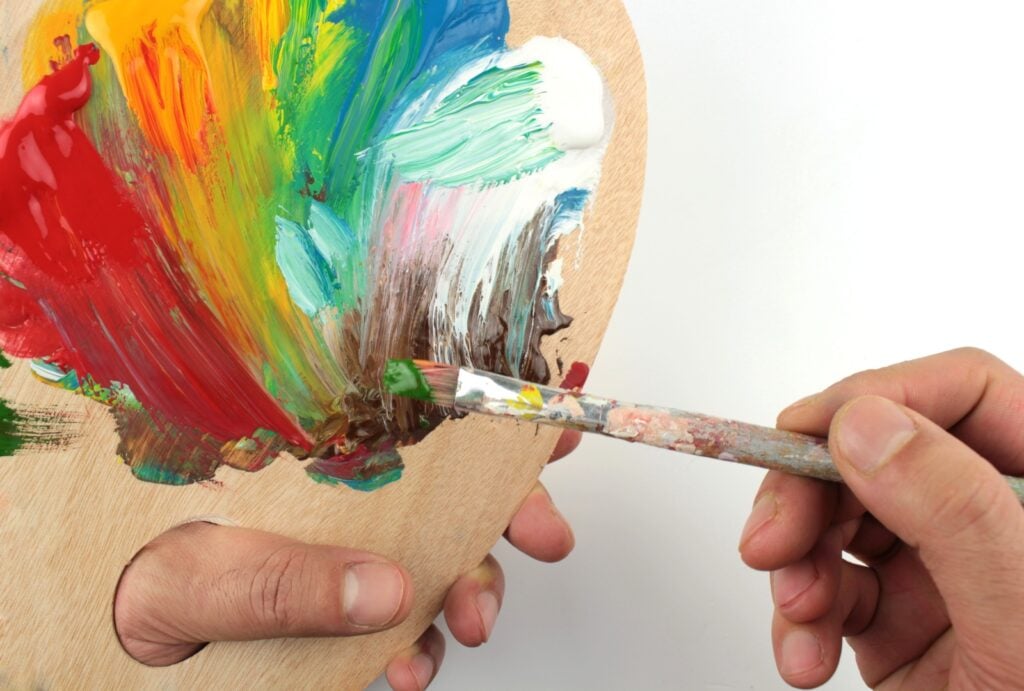
In early elementary school art classes, most kids learn about the primary colors and how to mix them to create other colors. Certain mixtures are well-known, such as mixing yellow and blue to make green or red and blue to make purple. However, you can easily make brown by mixing paints as well.
Brown paint can be made by mixing colors on opposite sides of the color wheel, known as complementary colors, such as red and green. Complementary colors are highly contrasting, and when mixed together, they usually produce a murky brown color. The exact type of brown depends on the colors you’re mixing. Often, these mixtures don’t create the most appealing browns, so you may need to make some adjustments, such as adding more red or yellow to make the brown warmer.
6. Brown Light Doesn’t Exist

Brown isn’t a color that appears on the visible light spectrum. The spectrum goes from violet wavelengths to red ones, including all the colors of the rainbow in between. Yet, there isn’t a wavelength that represents brown. It simply doesn’t exist. However, the colors on screens are created using light, so how can we see brown on various devices?
The answer is that context and surrounding colors can trick our brains into perceiving the color brown, even though brown light doesn’t exist. If you look at something brown on your screen through an opening in your fist or in a dark room, it will likely appear more orange or red than brown. When those hues are viewed with the colors around them, especially lighter ones, they can be perceived as brown, even if the color doesn’t look brown when isolated. Our brains process some other colors that don’t appear on the visible spectrum in a similar way.
7. Many Animals Are Brown to Provide Camouflage
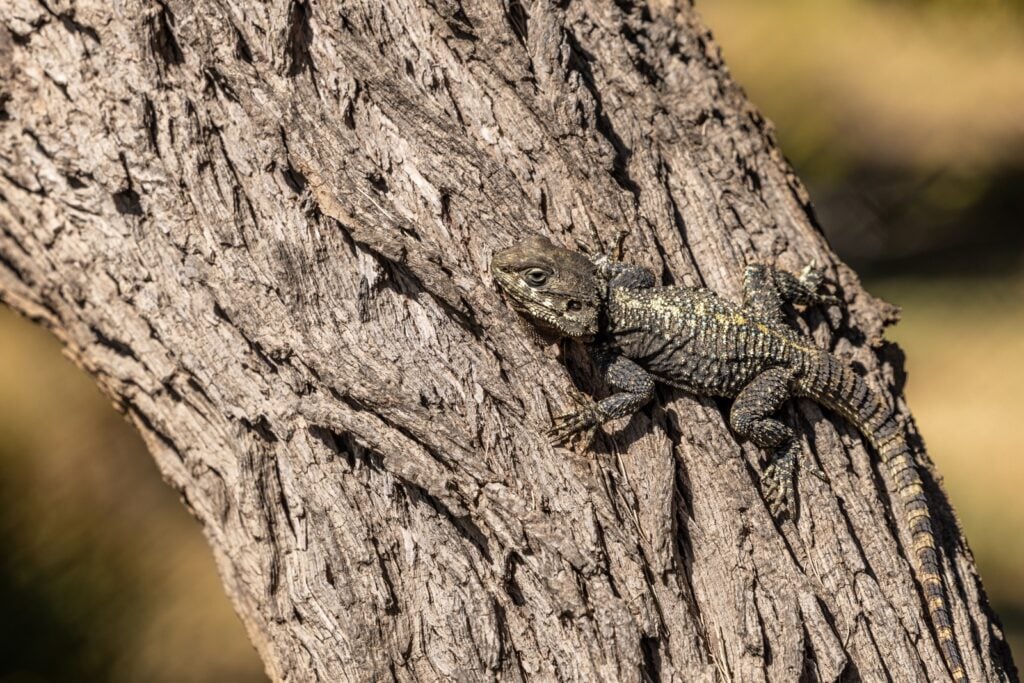
Brown is one of the most common animal colors. There are so many animals with brown fur, feathers, scales, and skin. Animals of this hue might not stand out as much as more colorful creatures, but most of these animals appear brown for a reason. This hue is caused by the pigment melanin, which is the same substance that causes brown eyes in humans.
While there are likely many explanations for an animal’s color, one of the main ones is camouflage. A lot of nature is brown, including tree bark, dirt, and dead leaves. So, animals that are commonly preyed upon are often brown to help them blend into their surroundings better. If they’re the same color as everything around them, predators are less likely to notice them. However, predators with neutral coloring, such as brown or gray, may use this trait to help them hide while stalking prey.
8. The Only Difference Between Brown and White Eggs Is the Color

Brown eggs are sometimes more expensive than white eggs, but the only major difference between the two is the color of the shell, which depends on the chicken breed. Hens with white feathers typically lay white eggs, while those with brown feathers lay brown eggs.
Chicken breeds with brown feathers are often larger and more expensive to care for, which is why there’s a difference in egg prices. Yet, brown and white eggs are identical when it comes to nutrition, size, and taste unless the chicken gets a special feed to enhance specific nutrients in the eggs.
9. The Eiffel Tower Is Actually Brown

The Eiffel Tower is sometimes depicted as a silver structure, but the actual color of the Eiffel Tower is brown. It has gone through many color changes since it was built in 1887 (completed in 1889), but most were a type of brown. It started as “Venetian red,” then it became reddish-brown, ochre brown, yellow-brown, and eventually, a dark brown hue known as “Eiffel Tower Brown.”
This famous landmark kept its signature brown hue for decades, getting repainted with the same paint color over and over again. However, in 2022, the color was changed to the “yellow-brown” hue that appeared from 1907 to 1947. This change was meant to give the Eiffel Tower more of a gold look for the 2024 Paris Olympics. Due to delays, the repainting wasn’t completed before the Olympics. Eiffel Tower Brown remains the primary and permanent color of the tower, a shade of brown that’s much different from the silver color some people mistakenly associate with the structure.
10. Throughout History, Brown Was Associated with Lower Classes
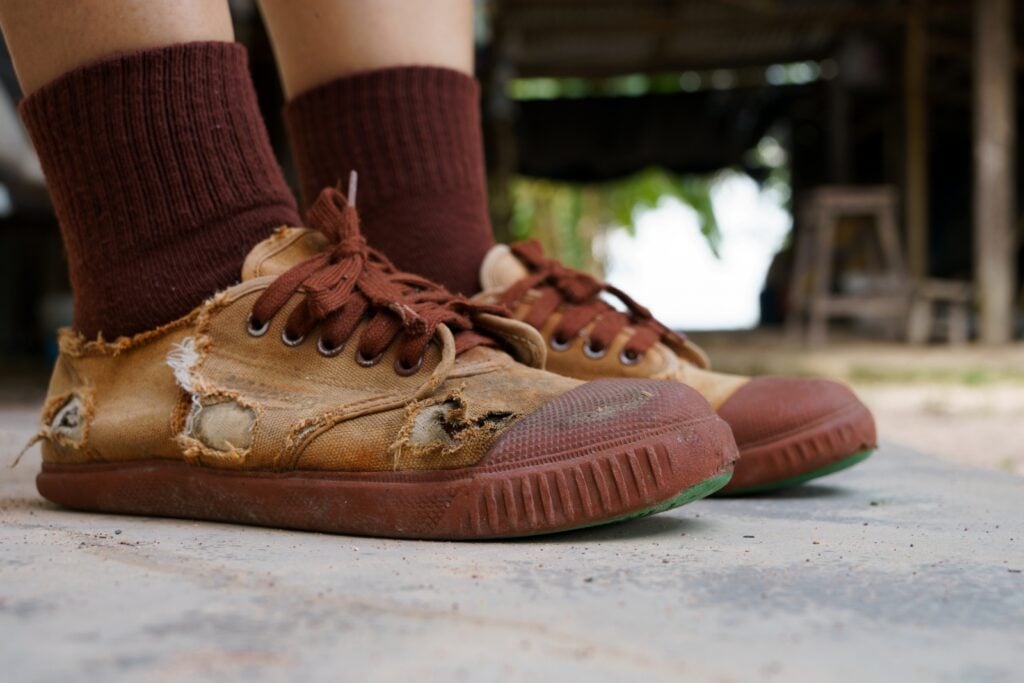
Clothing color has indicated status in many cultures throughout history. While purple commonly symbolized royalty, power, and wealth, brown was often associated with the opposite. One example is Ancient Rome, where brown clothing was worn only by people of the lower class or those considered “barbarians.” The Romans even called poor individuals “pullati,” which translated to “those dressed in brown.”
Across Europe, brown clothing was commonly associated with humble and lowly individuals, likely because clothing made from brown vegetable dye was much cheaper to produce than clothing of more vibrant colors. However, not everyone viewed this affordable clothing as a bad thing. Franciscan monks wore brown robes to symbolize their simple and modest lifestyle.
11. Today, Brown Is Known to Help Reduce Stress and Promote Calmness
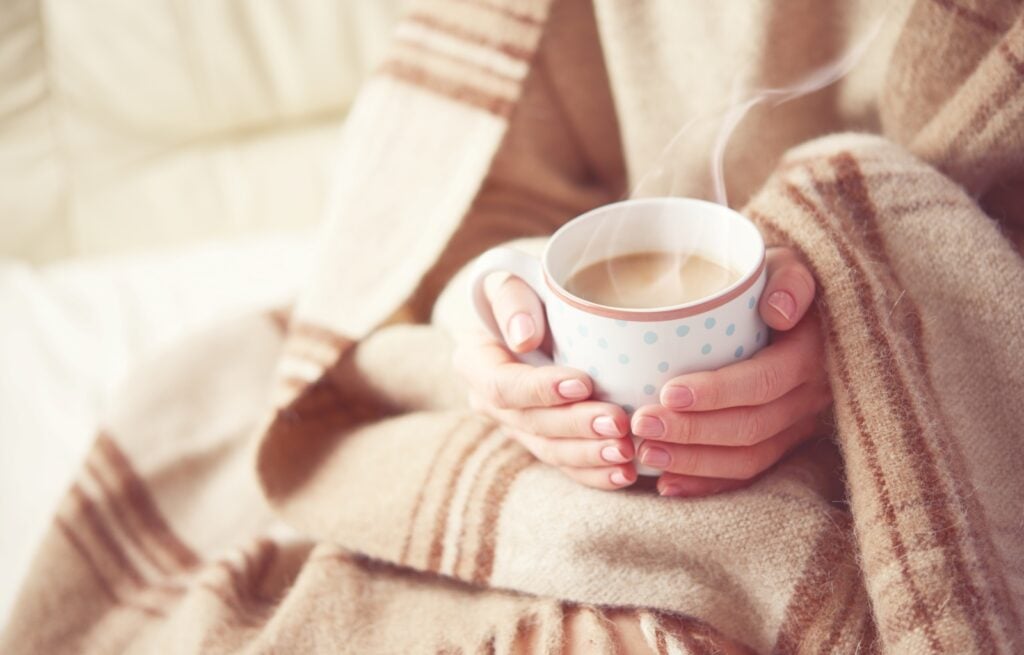
Brown is a calming color that can reduce stress levels for some individuals. It’s likely because brown is a simple color that isn’t overwhelming to look at. It’s also a color commonly associated with nature, which can add a sense of tranquility. Brown is known for its stability, honesty, reliability, and comfort, making it a great color to have around. Surround yourself with the color brown when you need a moment of peace to help you calm down.







